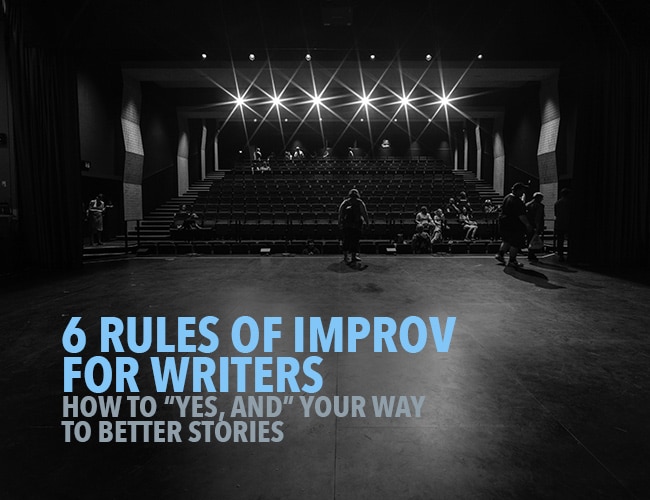
by Joslyn Chase |
Have you ever faced this kind of issue? You have a scene goal in mind, you know the characters involved, where they are and what they want, but HOW does the scene play out? What exactly happens to bring the characters from Point A to Point B in the story?
That’s when the power of improv might come in handy.
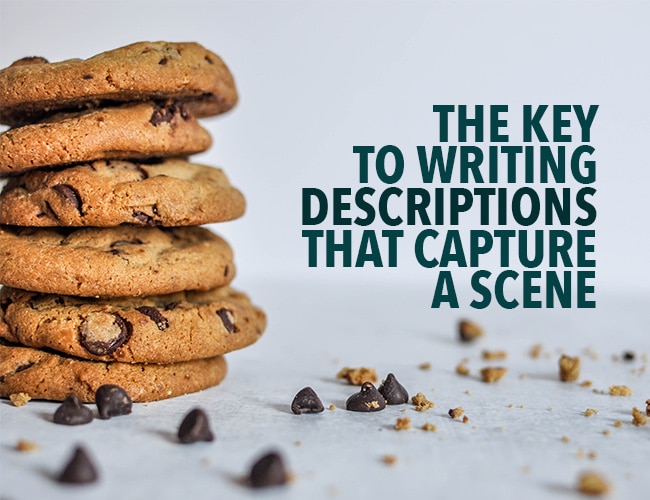
by The Magic Violinist |
Have you ever come across a line of poetry that was so clear, you could taste the description as you read it? Or a paragraph in a novel that made your skin tingle from the tangibility of it? That kind of vivid description is powerful and hard to capture, but I’ve found that there is one key trick to help you get started.
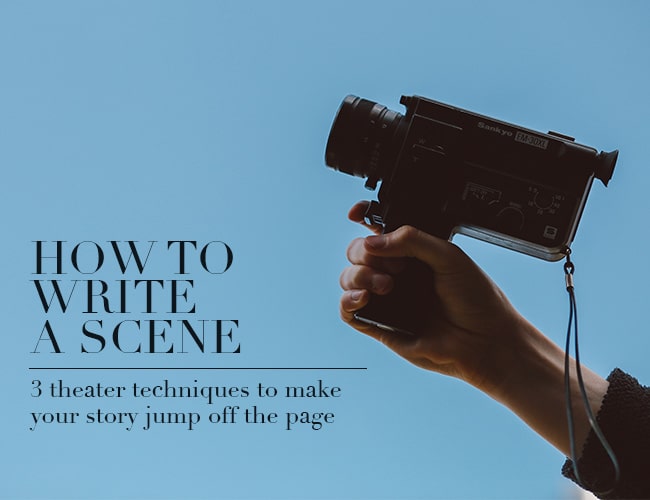
by Guest Blogger |
It’s time to write that scene. You know, the one you’ve been avoiding. You’ve sketched out your character and the scene’s objective, but how do you get your character from point A to point B? What exact words should he use? What specific actions should she take to accomplish her scene goal?
If you’ve ever faced that blank page with these questions in mind, you’ll be pleased to learn about three techniques, borrowed from the actor’s playbook, that will boost your writing and make your story shine. Let’s take a look at how to write a scene with the mindset of an actor.
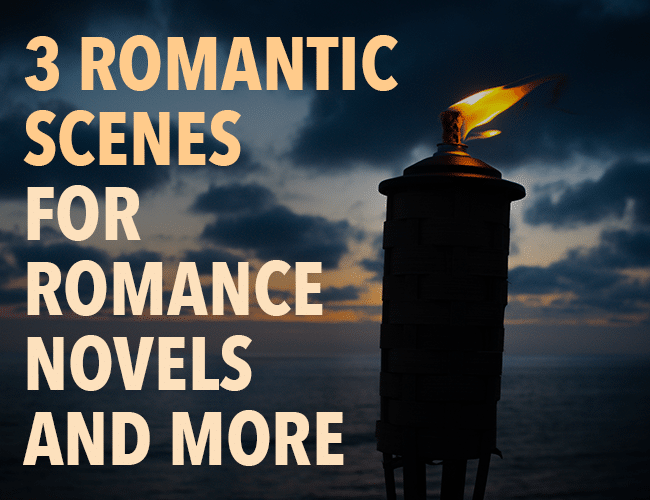
by Jeff Elkins |
Every year romance tops the list of the most widely read genres. From Edward and Bella to Harry and Sally to Romeo and Juliette, most of the greatest stories ever told have at their center two people discovering their feelings for one another.
We love tales of characters fighting to find a connection, but before we can flush out a fiery story filled with heat and tension, we need to understand what kind of spark our characters are experiencing.
I’ve experienced three different forms of romantic feeling: infatuation, lust, and love. Each is its own unique kind of fire. When we write romantic relationships between characters, it’s important we know which of these three types of burn they are experiencing.
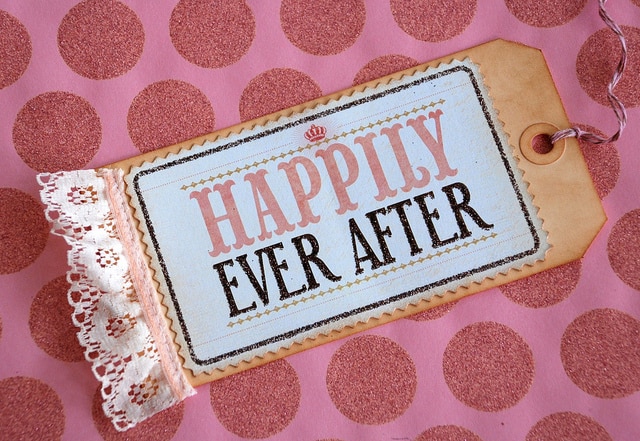
by Joe Bunting |
How do you want a story to end? Should it have a fairy tale ending? A hopeful ending? Or do you like stories with more realistic endings—even if the protagonist doesn’t come out ahead and the villain doesn’t get his?







